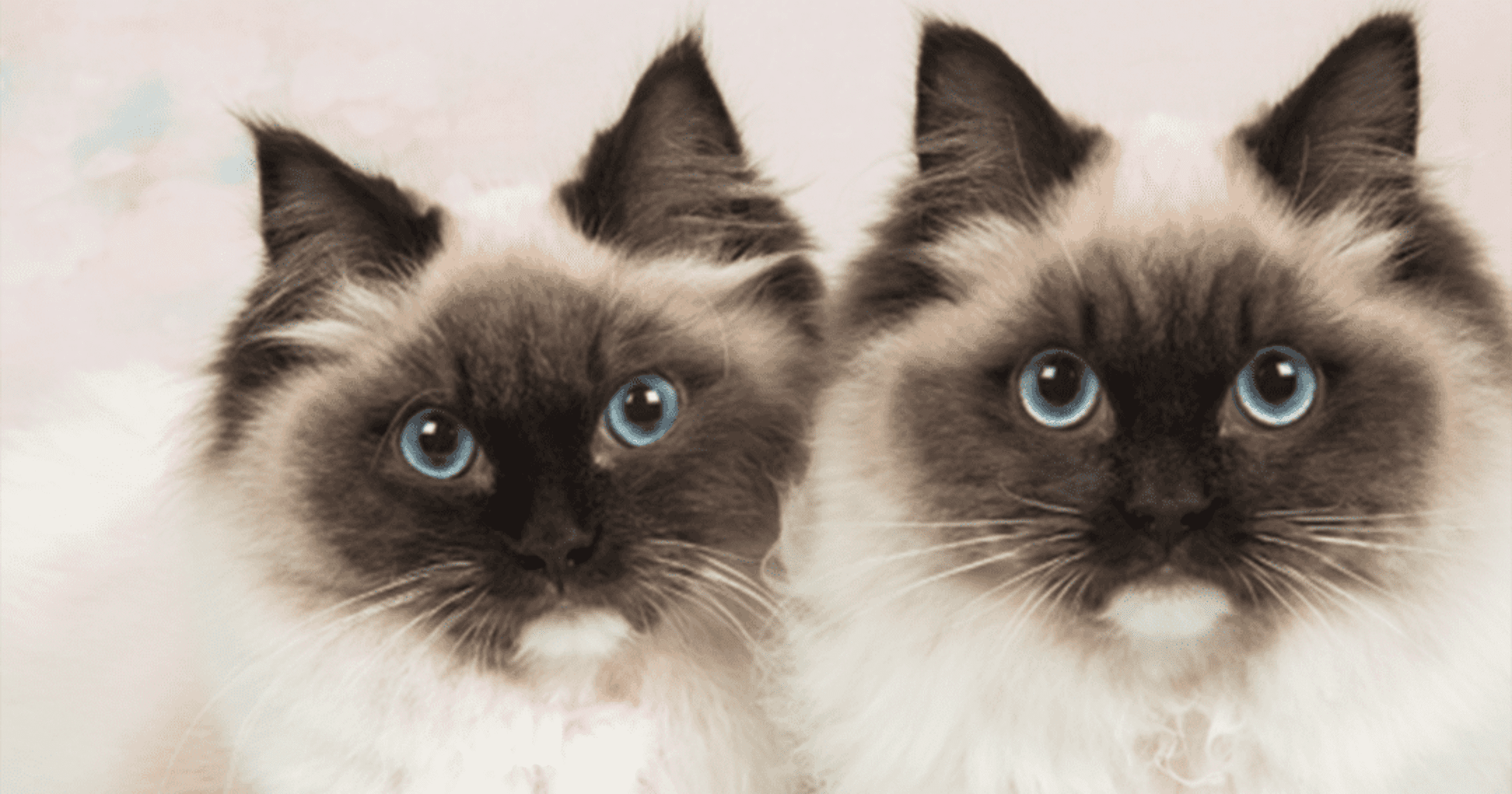
As we all know, cats are very complicated and amazing little creatures! They utilize three main ways of communications: vocalizing, body language, and scent. In this article, we’ll learn all about cat verbal communication techniques.
Did you know that cats rarely vocalize in the wild? That’s true! Wild cats typically only verbally communicate with other cats. A momma cat and her kittens will often communicate verbally with each other by purring and meowing. This could potentially be because baby kittens are born with their eyes closed. Moms will talk with their babies even when the kittens are much older. Colo0rado Feline Foster Rescue has had moms who carry on conversations with their kittens until they the day they are adopted. It is very cute to watch, and the kittens definitely pay attention. Cats in the wild will also verbalize with cats with whom they may feel threatened, cautioning them to stay their distance in order to avoid fighting. Wild cats will also vocalize during the mating season.
It’s been found that domestic cats have learned how to use their voices more because they share their lives with us, a very vocal species! Did you know that there are at least 12 different sounds that a cat will make when communicating? Humans would say that the most common vocalizations from our cat friends are their meow and purring.
A cat’s meow is very similar to the Hawaiian word “aloha” because it is used frequently and used to convey many different things. It can be a greeting, a command such as “feed me” or “play with me,” an objection, or an attention grabber. Cats will also even meow to themselves much as humans may talk to themselves. Pretty cute, right? Meows can vary in length, pitch, rhythm and volume. A meow is very specific to the cat and is an all-purpose word.
Purring is often thought of as something a cat does when it’s happy and content and that’s true. Purring is the highest display of contentment! Yet, did you know that a cat will also purr to calm itself done in situations when it is scared, such as at the veterinarian’s office, or when it’s sick or injures? See how amazing these little creatures are?
Another vocalization that you may hear often from your cat is the chattering, also known as Chittering and Twittering. Chattering is when a cat expresses frustration or exacerbation. You may hear this sound from your cat when it is watching birds and squirrels from a window and not able to engage with them to satisfy its prey-drive.
When a cat is feeling threatened or fearful, there are several sounds that it may use to let another cat, a dog, or even a human know to back off and give it space. These include, growling, hissing, spitting, howling, and snarling. Spitting often occurs before or after a hiss and is when a cat curls its tongue and forces air out in a quick burst. It’s a defensive sound cats makes when surprised. Cats will snarl when growling doesn’t do the trick. It’s an escalated growl that is higher in pitch and often is accompanied by the cat showing its teeth. It’s very important to respect these vocalizations as the cat is warning that claws and an attack could be eminent.
Some vocalizations are made by cats when they are in a health crisis. Unlike dogs, cats rarely pant. When a cat pants, it may indicate that it is anxious or stressed. A cat will pant when it’s been poisoned, overheating, has head trauma, or an airway blockage. It’s an indicator that the cat may need medical care immediately.
Yowling is also an indication that the cat is in a health crisis. Yowling can indicate pain and distress. Female cats may yowl for hours when they are in heat. If your cat is not in heat and yowls repetitively, take it to your veterinarian for an examination.
Trilling and Chirping are happy noises. Chirping indicates that the cat is with a preferred companion and is comfortable. Trilling is a friendly greeting or an invitation to approach the cat. It’s a happy attention grabber.
This article was inspired by a course from Maddie’s Fund University. We hope you learned a lot and enjoyed reading about cat vocalizations.